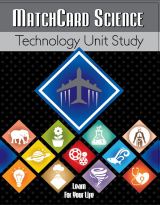Types of Bridges
Learn the 4 types of bridges and build models of them
Free Download Below
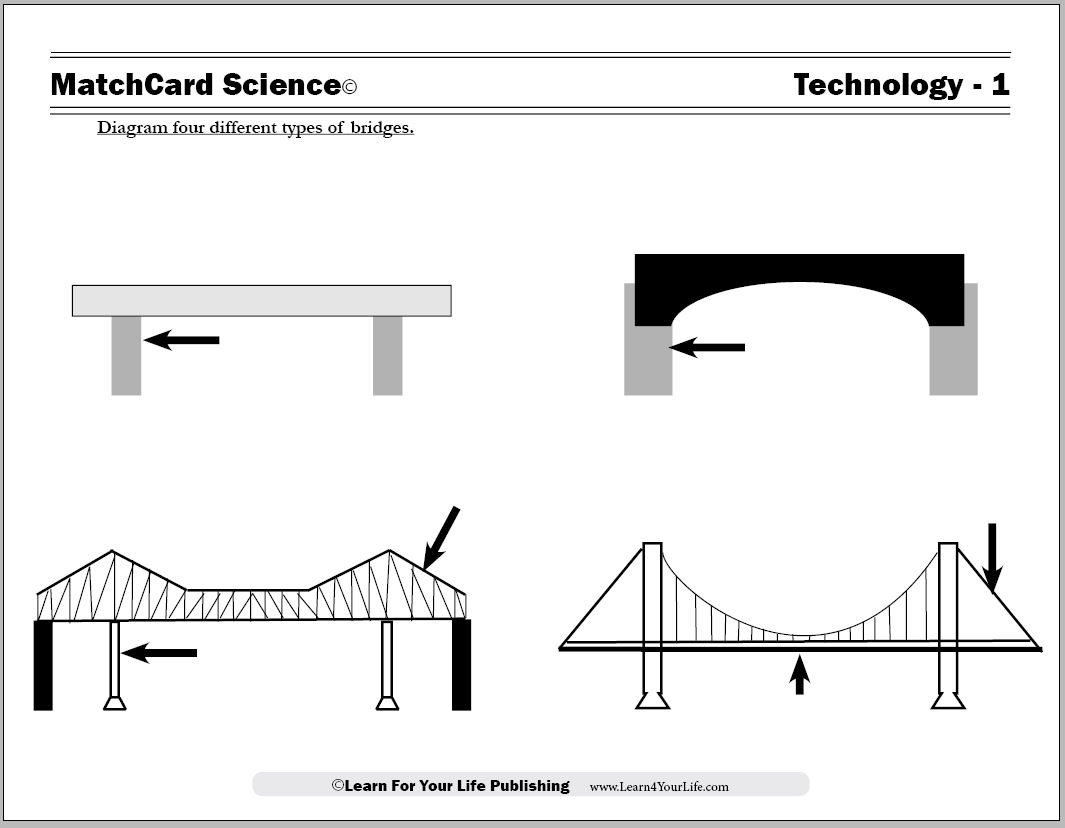

MatchCard Science Types of Bridges Worksheet
Objective: Diagram 4 different types of Bridges.MatchCard: Download below.
MatchCard Information Pieces describe the four different types of bridges and their main parts.
Print the Types of Bridges MatchCard


Click image to go to download.
This is MatchCard #1 of the Technology Unit Study. Find more information on MatchCard Science below.
Build Index Card Models of Different Bridges
Do This BEFORE Giving Students the MatchCard
Before looking at the Matchcard, the students can experiment with ways to build bridges to make them stronger. You will need:
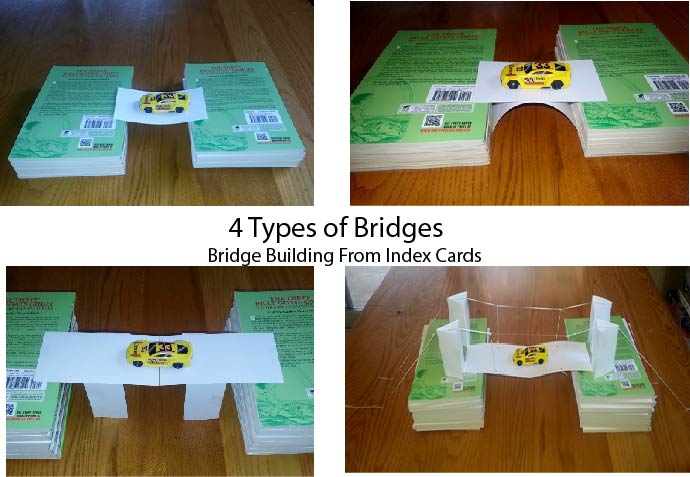
To make these bridge models you will need:
- A stack of index cards (3 x 5 inch will work fine.)
- A stack of books or notebooks
- Tape
- String, thread, toothfloss or yarn
- A small, light weight toy car
Build a Beam Bridge
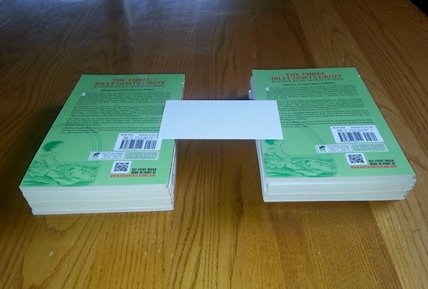
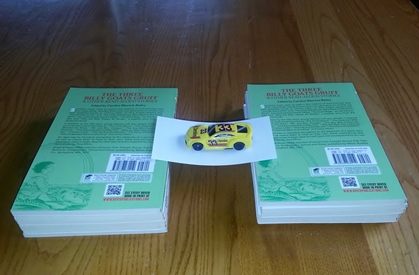
So what would you do?
Trial and Error
Let the student(s) experiment a little with the index cards and see what ideas they have for making a stronger bridge. Than we will build the next three types.Build an Arch Bridge
To make an arch bridge you may need to raise or lower the height of your bridge by changing the number of books.
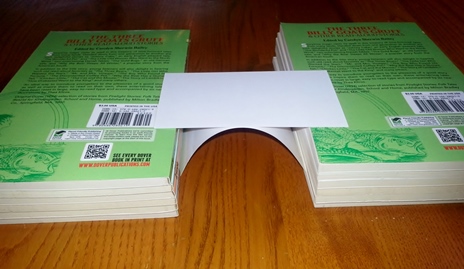
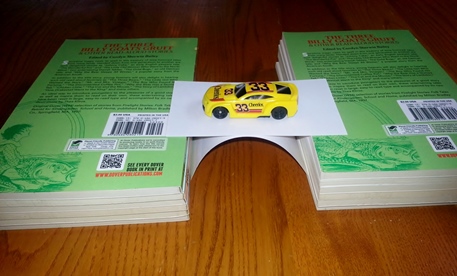
Point out that bridges may have a series of arches. Some of the arches may be on top rather than underneath the beams, but they will learn about that coming up.
Build a Cantilever Bridge
Sometimes bridges have to span long distances, for instance when crossing a wide river.
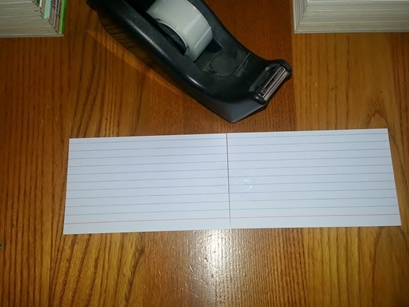

Make a total of four triangular piers. (Two for each side.)
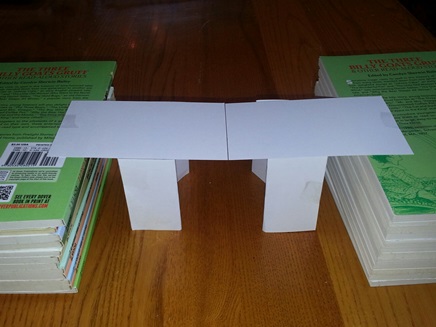
You may need to adjust the number of books to make the bridge the right height for your piers.
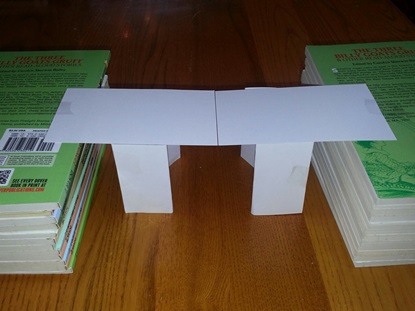
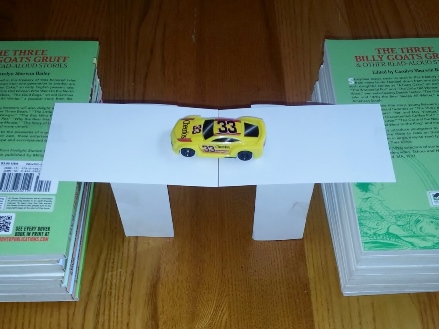
Build a Suspension Bridge
I always thought they were called suspension bridges because everyone in the car was in suspense when we crossed them. Not really. But if I had known they were called suspension bridges because the entire bridge and all those cars were being suspended from the upper beams I would have been in even more suspense.
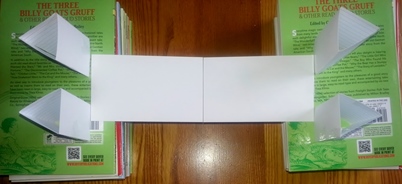
You may want to tape the edges of your bridge to the books to help hold them while you finish building this bridge.
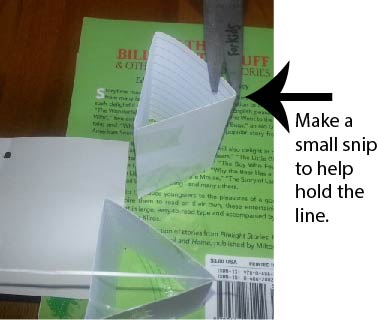
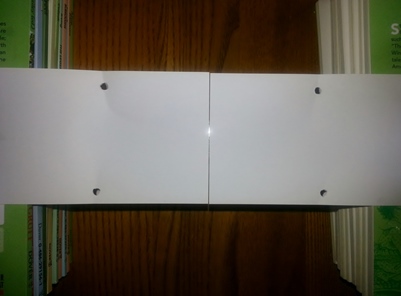
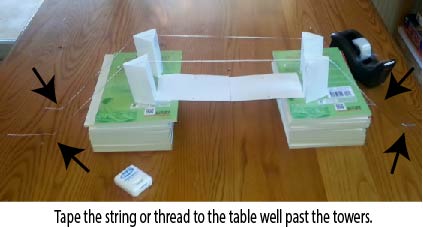
Make sure the string is threaded into the slits you cut into the edge of the towers.
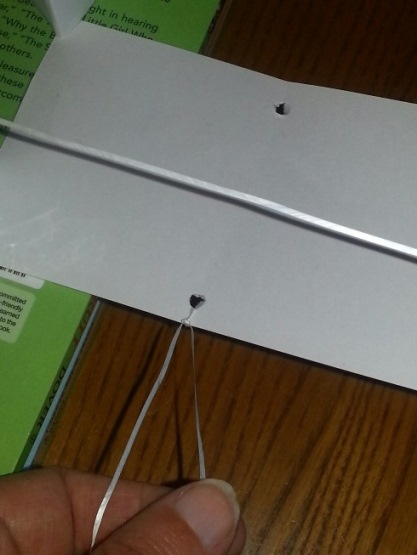
Thread the string through the hole and tie it with two knots.
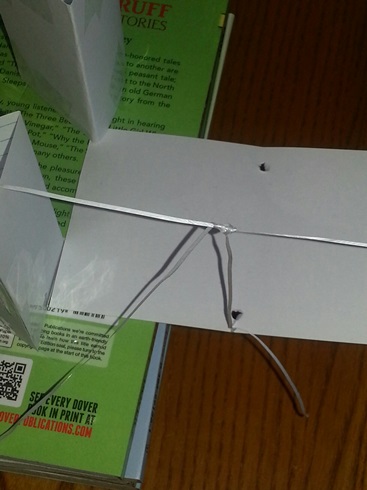
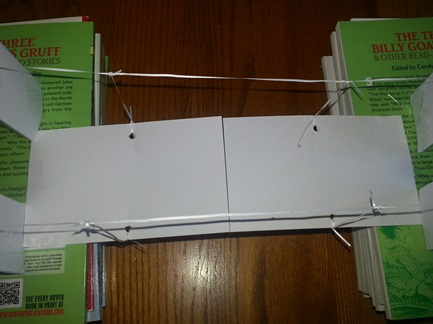
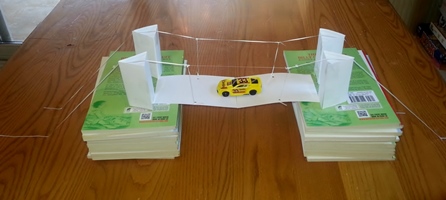
Learn Facts About the 4 Types of Bridges
Beam Bridges
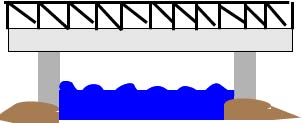
Piers are on either side of the beam and support the weight of the main beam.
Arch Bridge

They are supported by abatements that are firmly anchored in the ground.
There may be a single arch or series of arches. The arches are usually below the main beam, but may also be above it.
Cantilever Bridge
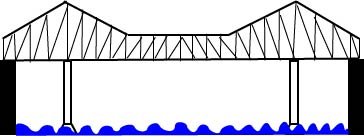
A central pier is located in the center of each section and supports the weight of that section.
Suspension Bridge
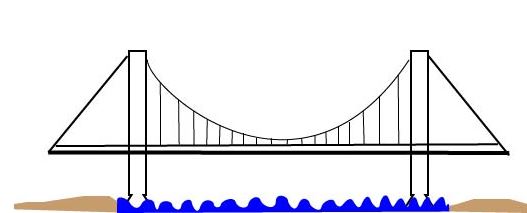
A cable is attached firmly to the ground beyond both of the end towers and goes over the towers.
The main deck is suspended from the cable.
Trusses
A series of triangle trusses may be found on any of the types of bridges. These are triangular patterned rods that provide strength to the structure.Bridge Projectsfor You< /h2>
Bridge Science Experiments
Bridge Building can be a great science fair project. Balsa wood strips are the perfect medium to use for a bridge experiment.
Here are some questions you might explore:
- What holds more weight: a cantilever or suspension bridge?
- How much sturdier is a beam bridge with and without trusses?
- How much more weight can the same size bridge support if an arch is used?
Bridge Poster
There are many awesome bridges and photos of bridges around the world. Consider making a poster of the different types of bridges. You will find many variations within each four of the types of bridges. How are they different and how are they the same?
- For each of the four main types of bridges, put a picture of a famous bridge.
- Add photographs you have taken of local bridges.
- Use the diagrams on the MatchCard and the Information Pieces as an InfoGraphic so your readers learn each type.
Your Local Bridge Hunt
Every time you travel by car there's a good chance you go over a bridge! Do you know what type it is?
Now, rather than barely noticing it, see if you can identify which type of bridge you are on.
MatchCard Science
How To Use MatchCards

Download the FREE MatchCard Science Instructor's Guide and see how MatchCards can make building their science knowledge base fun.
12 Science Unit Studies

Chemistry is only one of twelve complete unit studies for kids in 3rd to 8th grade.
Comprehensive objectives, hands-on projects, suggested science fair experiments, and the fun game-like MatchCards keep them interested in learning science. See all twelve MatchCard Science Unit Studies.
About Our Site
Hands-On Learning



